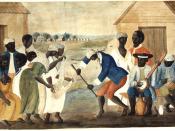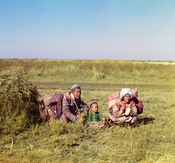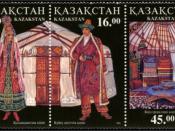The use of ornamental animal forms is distinctive of Kazakh folk art. This is not surprising, you only need to look at the prominent presence of it in the interior of yurts. And the expressiveness of the interaction of colour and lines in the ornamental compositions can not fail to impress the beholder: it is strikingly consistant with the culture of the steppe.
Therefore in folk art the wealth of mythical animal characters and the dynamics of thecomposition expresses nature. The constant moving in the steppe determined the perception of life and,since earliest times, events in this closed dynamic has been reflected in the dynamics of the artwork.
Thus, any flat surface was always perceived as a dynamic form, and any vertical line was connected
with ideas of eternity. As for the ornamental animal design, its special status in Kazakh folk art is
linked to numerous factors. Firstly, its origin dates back thousands of years, and is firmly fixed in the
folk arts of many Turkic nations.
But only in the arts of the Kazakh and Kirgiz nations does it take a
leading place, evident in practically all good art forms. Secondly, it provides a wealth of information
on the way of thinking of the ancient nomads in relation to the environment and man's place in it.
Thus, their views about phenomena such as "life and death'', "space and time'', the idea of the
world tree were reflected in folk art. The origins of this ornamental design demonstrates the solar
symbolism, from the cultural depths of the ancient nomads.
Folk arts and crafts contain a related set of elements, forms, methods of composition, which enable it to be identified with the culture of the nation as a whole.
The art of the Kazakh people is inately linked...


